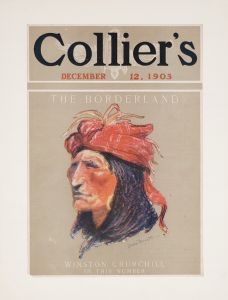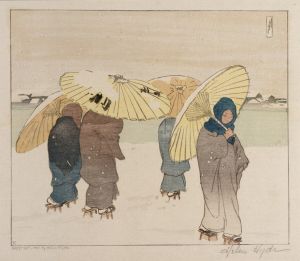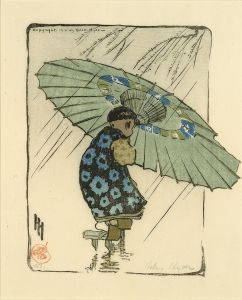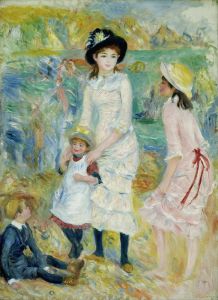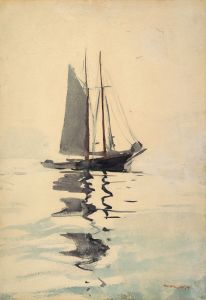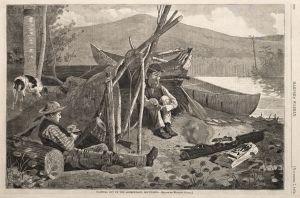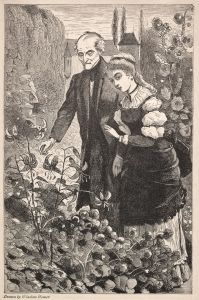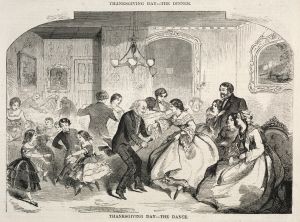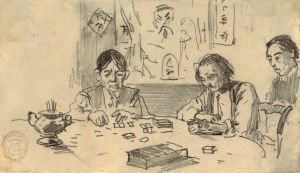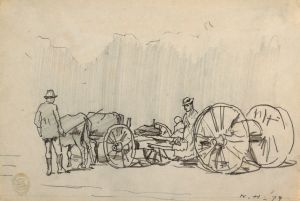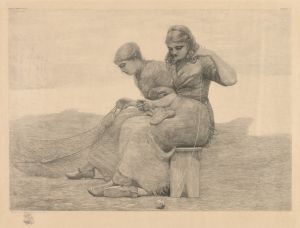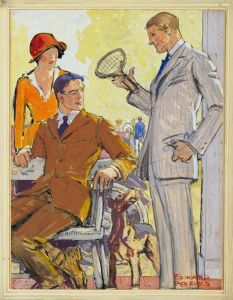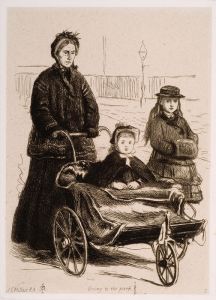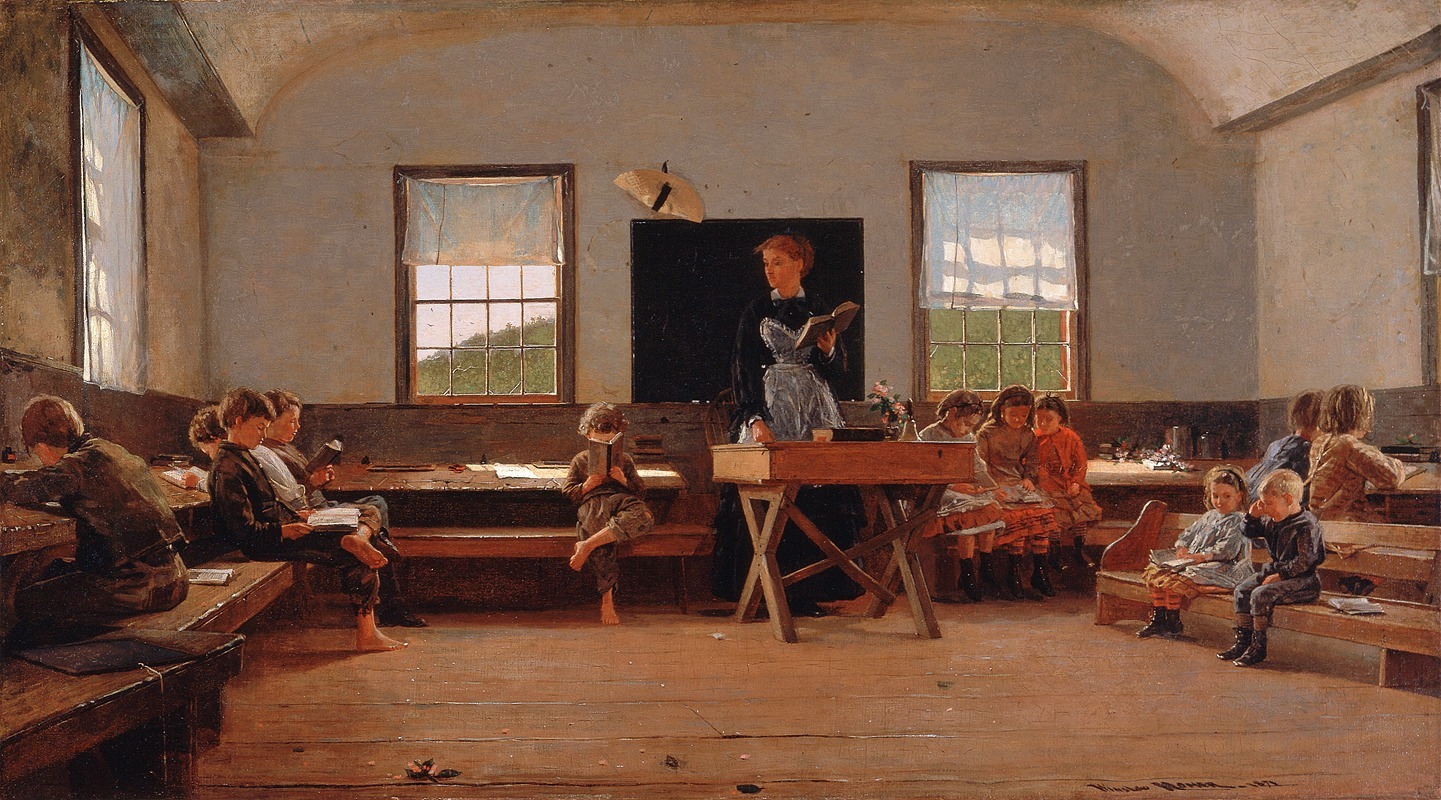
The Country School
A hand-painted replica of Winslow Homer’s masterpiece The Country School, meticulously crafted by professional artists to capture the true essence of the original. Each piece is created with museum-quality canvas and rare mineral pigments, carefully painted by experienced artists with delicate brushstrokes and rich, layered colors to perfectly recreate the texture of the original artwork. Unlike machine-printed reproductions, this hand-painted version brings the painting to life, infused with the artist’s emotions and skill in every stroke. Whether for personal collection or home decoration, it instantly elevates the artistic atmosphere of any space.
"The Country School" is a painting by the American artist Winslow Homer, created in 1871. Homer, known for his realistic and often poignant depictions of American life, was a prominent figure in 19th-century American art. This painting is an excellent example of his work during the post-Civil War period when he focused on rural and everyday scenes.
"The Country School" portrays a one-room schoolhouse, a common educational setting in rural America during the 19th century. The scene captures a moment of instruction, with a female teacher standing at the front of the room, engaging with her students. The children, of varying ages, are seated at wooden desks, attentively listening or reading. The classroom is modestly furnished, reflecting the simplicity and practicality of rural education at the time.
Homer's attention to detail is evident in the painting. The children's clothing, the wooden desks, and the sparse interior of the schoolhouse are all rendered with a high degree of realism. The light streaming through the windows adds a warm, natural glow to the scene, emphasizing the connection between the interior space and the outside world. This use of light is characteristic of Homer's work, highlighting his skill in capturing the nuances of natural light and its effects on the environment.
The painting is also notable for its composition. Homer places the teacher slightly off-center, drawing the viewer's eye towards her while also allowing the gaze to wander across the room and take in the various activities of the students. This compositional choice creates a dynamic and engaging scene, inviting viewers to explore the details and imagine the sounds and movements within the classroom.
"The Country School" reflects the values and experiences of rural American life in the late 19th century. Education was a cornerstone of community life, and the one-room schoolhouse was a symbol of the commitment to learning and progress. Homer's depiction of this setting offers a glimpse into the daily lives of children and teachers, highlighting the importance of education in shaping the future of the nation.
Winslow Homer (1836-1910) was a self-taught artist who began his career as an illustrator before transitioning to painting. He gained recognition for his work during the Civil War, where he served as a correspondent and captured scenes of military life. After the war, Homer turned his attention to more peaceful subjects, including rural landscapes, seascapes, and scenes of everyday life. His work is celebrated for its technical skill, emotional depth, and ability to capture the essence of American life.
"The Country School" is part of the collection at the St. Louis Art Museum, where it continues to be appreciated by visitors for its historical significance and artistic merit. The painting remains an important example of Winslow Homer's contribution to American art and his ability to document the changing landscape of the nation through his keen observational skills and masterful technique.





